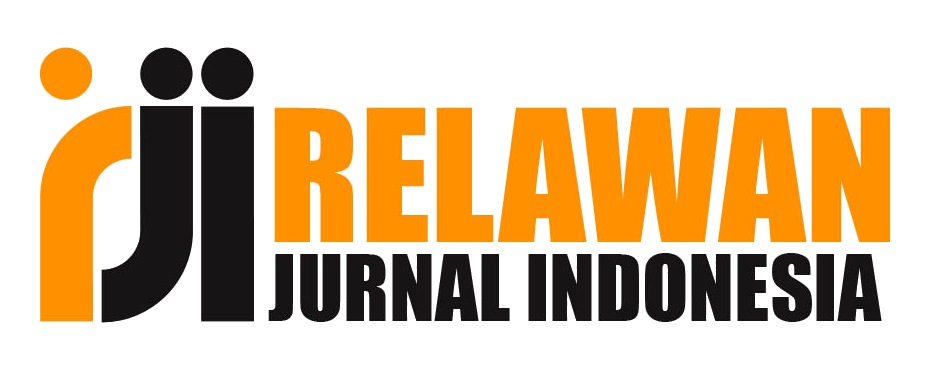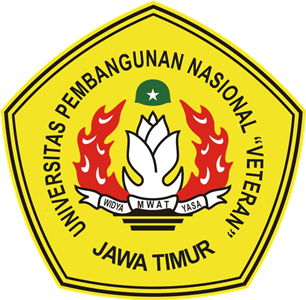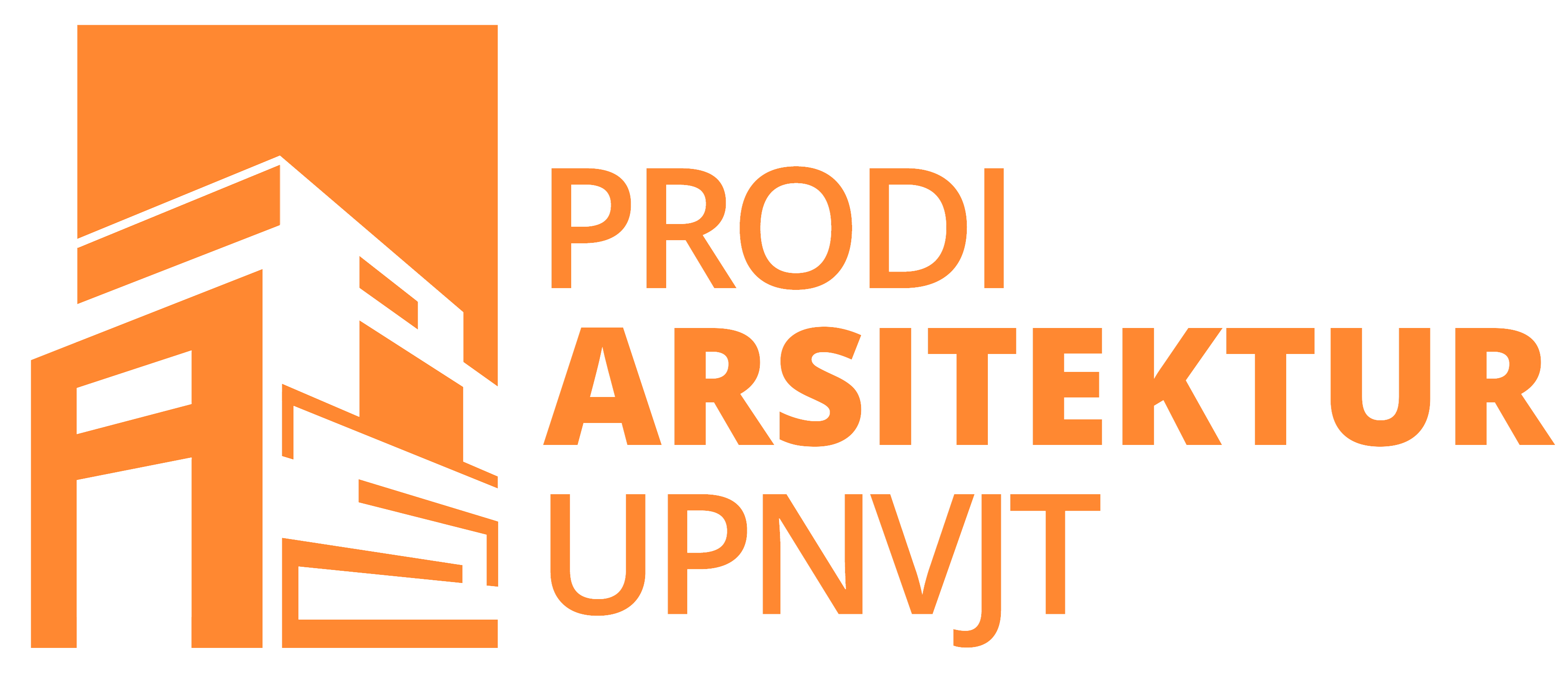CONCEPT AND MEANING OF BAITURRAHMAN GRAND MOSQUE BUILDING SEMARANG AS A GREEN PLACE OF WORSHIP AND SUSTAINABLE
DOI:
https://doi.org/10.33005/border.v6i2.777Keywords:
green building, mosque, sustainableAbstract
This study explains the innovative concept and meaning behind Baiturrahman Grand Mosque of Semarang, which aims to be a green and sustainable place of worship. Using qualitative research methods with phenomenology approach through in-depth interviews with mosque officials, architects, and residents, this research reveals how sustainability principles are integrated into MBS design. In addition, this study also analyzes the perception and understanding of the surrounding community towards the concept of green and sustainability in the context of worship. The findings of this study are expected to provide valuable insights into how to incorporate environmental and spiritual values in religious architecture, creating a balanced, harmonious, and sustainable environment for all parties involved. Furthermore, the research highlights the importance of community engagement in fostering a shared vision for sustainable development. By examining case studies and best practices, the study aims to provide practical recommendations for future projects. The results underline the potential of religious institutions in promoting ecological stewardship and enhancing the overall well-being of their communities.
Downloads
References
Arum, D. S. A., & Budiarti, R. (2021). Kriteria Ruang Luar yang Responsif pada Masjid Agung Jawa Tengah. Prosiding Seminar Intelektual Muda #6, 3(1), 281-287. https://doi.org/10.25105/psia.v3i1.13052.
Auvaria, S. W. (2018). Improvement of Awareness and Aspect of Community Participation in Environmental Management and Climate Change Adaptation By Eco-Mosque. Al-Ard: Jurnal Teknik Lingkungan, 4(1), 9–15. https://doi.org/10.29080/alard.v4i1.321.
Danish, M., Shukri, S. M., & Taib, I. (2023). Sustainability of Green Design Mosque in Cyberjaya. MAJ - Malaysia Architectural Journal, 5(3), 45-60. https://www.majournal.my/index.php/maj/article/view/185.
Dewantoro, F., Budi, W. S., & Prianto, E. (2019). Kajian Pencahayaan Alami Ruang Baca Perpustakaan Universitas Indonesia. Jurnal Arsitektur ARCADE, 3(1), 94. https://doi.org/10.31848/arcade.v3i1.162.
Fahmi, R. A., Suyitno, & Rochmiatun, E. (2023). MOSQUE-BASED ECONOMIC EMPOWERMENT IN THE MALAY WORLD: Views of Ibnu Khaldun’s Asabiyah and Malik Bennabi’s Civilization Theories. Al-Qalam Jurnal Penelitian Agama dan Sosial Budaya, 29(1), 88-101.
Halum, U., Simamora, I. M., Taurano, G. A., & Fernando, R. (2022). Analisis Perbandingan Kapasitas Kolom Pra-Jacketing dan Pasca-Jacketing dengan Bantuan Laser Scanner pada Proyek Penataan Kawasan Pusaka Masjid Baiturrahman Semarang. Jurnal Inovasi Konstruksi, 1(2), 27–37. https://doi.org/10.56911/jik.v1i2.23.
Hasya, A. ‘Umillah, Purwanto, E., & Indraswara, M. S. (2022). Masjid Kota Semarang dengan Pendekatan Bangunan Hijau. Jurnal Poster Pirata Syandana, 3(2). https://ejournal2.undip.ac.id/index.php/jpps/article/view/14840.
Keputusan Direktur Jenderal Bimbingan Masyarakat Islam Nomor DJ.II/802 Tahun 2014 Tentang Standar Pembinaan Manajemen Masjid.
Mat Sharif, Z., Jannah Jalil, N., & Ali Bekhet, H. (2019). Green Building, Sustainability and Mosques Design in Kuala Terengganu. International Journal of Engineering & Technology, 8(1), 228–234. https://doi.org/10.14419/ijet.v8i1.1.24664.
Ministry of Tourism and Creative Economy. (2023). The Wonderful Mosque of Indonesia 2023. Deputy for Tourism Products and Event Organizers.
Najiyati, S., Asmana, A., & Suryadiputra, N. (2016). Pemberdayaan masyarakat di lahan gambut. Bogor: Wetland Internasional-IP.
Prabowo, H. (2017). ECOMASJID: Dari Masjid Makmurkan Bumi. Yayasan Pesantren Al-Amanah Sempon.
Rahmi, E., Patoni, A., & Sulistyorini, S. (2020). The Management of Human Resources Development in Increasing the Quality of Islamic Education Institutions. Al-Ta Lim Journal, 27(2), 166–178. https://doi.org/10.15548/jt.v27i2.624.
Ramadhan, T., Wibowo, H., Sukardi, R. R., & Hertoety, D. A. (2019). Implementation of Green Architecture Concept in Mosque Design : A Face And Islamic Da’wah. Indonesian Journal of Built Environmental and Sustainability, 1(1), 23-33. http://dx.doi.org/10.31848/ijobes.v1i1.250.
Ramadhanty, Rr. A. H., Hardiyanti, & Yuliarso, H. (2020). Penerapan Prinsip Arsitektur Berkelanjutan Pada Desain Taman Budidaya Burung Walet di Karanganyar. Senthong Jurnal Ilmiah Mahasiswa Arsitektur, 3(1), 230–241.
Rasyid, F. (2022). Metode Penelitian Kualitatif dan Kuantitatif: Teori, Metode, dan Praktek. Kediri: IAIN Kediri Press.
Sari, W. N., Nuzuluddin, T. R., & Sasmito, A. (2021). Redesain Masjid Raya Baiturrahman Semarang. Neo Teknika:Jurnal Fakultas Teknik Universitas Pandanaran, 7(2), 22–31. https://doi.org/https://doi.org/10.37760/neoteknika.v7i2.1836.
Sidibé, M. (2016). Religion and Sustainable Development. Review of Faith and International Affairs Routledge, 14(3) 1–4. https://doi.org/10.1080/15570274.2016.1215848.
Sobri, M. I. M., Ismail, S., Sabil, A., Yusof, H., Asif, N., & Setiyowati, E. (2021). Systematic Review of Sustainable Design Approach for Mosque. Journal of Islamic Architecture, 6(4), 369–375. https://doi.org/https://doi.org/10.18860/jia.v6i4.14016.
Steele, J. (1997). Sustainable Architecture: Principles, Paradigms, and Case Studies. New York: McGraw-Hill.
Sugiyono. (2013). Metode Penelitian Kuantitatif, Kualitatif, dan R&D. Bandung: Alfabeta.
Sujana, K., Hariyadi, S., & Purwanto, E. (2018). Hubungan Antara Sikap Dengan Perilaku Peduli Lingkungan Pada Mahasiswa. Jurnal Ecopsy, 5(2), 81. https://doi.org/10.20527/ecopsy.v5i2.5026.
Yuda Wardiana, I., Heru Purnomo, A., & Sunoko, K. (2019). Penerapan Prinsip Arsitektur Berkelanjutan Untuk Mensejahterakan Penghuni Pada Rumah Susun Pondok Boro Di Surakarta. Jurnal Senthong, 2(2), 1–10.
Zefri, N. (2019). Concept Development Housing and Settlement of Coastal Areas based on Eco-Green: Case Study-Coastal Areas Babelan and Tarumajaya District Bekasi West Java, Indonesia. Journal of Environmental Science and Public Health, 03(03), 461–473. https://doi.org/10.26502/jesph.96120076.

















